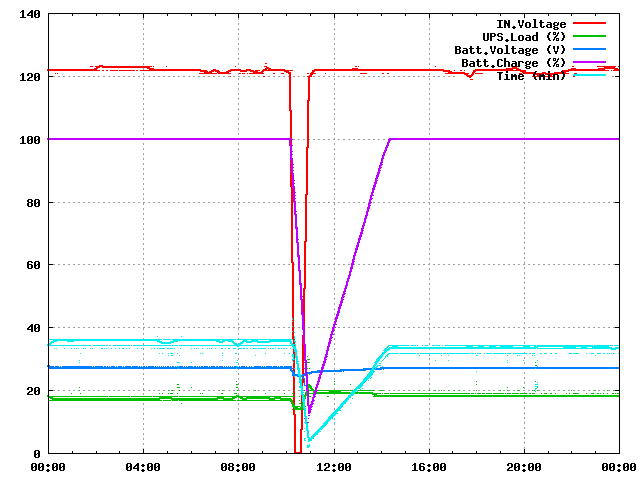I’ve been reading Wikipedia about the so-called Sylvia Plath effect. It takes a bit of explaining.
I just finished reading Escape from Hell, the sequel to Larry Niven’s and Jerry Pournelle’s Inferno, itself a superb book, a modern rewrite of Dante’s hell. In this sequel, the principal companion of the protagonist is a woman named Sylvia Plath.
I must say I never heard of Sylvia Plath until this book. I knew nothing about her tragically short life nor about her death by suicide, a month before I was born in 1963. But that’s not why I was learning about her from Wikipedia this evening.
I finished Escape from Hell last night, less than 24 hours ago. Tonight, my wife and I watched the latest episode of The Simpsons. At the end of this (otherwise better than average) episode, there is a brief shot of Lisa holding a book in her hand. It’s the semi-autobiographical novel The Bell Jar, by Sylvia Plath.
One recurring theme in Inferno and Escape from Hell is that the protagonist meets just too many people he encountered in his earthly life for it to be a coincidence. I call such coincidences my Victrola moments… Many years ago, I played a Monty Python computer game which featured a Victrola, a word I never heard previously, but within 24 hours, I heard it in a completely different context. There were a few more instances like this in my life. Now, I can add Sylvia Plath to the list.







